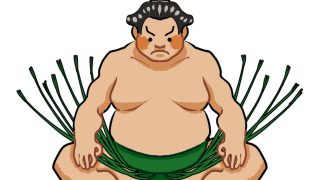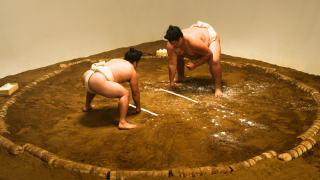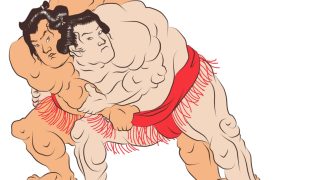 Introduction
Introduction What is Hanamichi? A Sacred Passage to Focus on During Sumo Matches
Before each match, wrestlers walk down Hanamichi, a path that carries them from the preparation room to the ring. For spectators, this moment is charged with anticipation and cultural beauty, as the Hanamichi serves not only as a physical passage but also as a ritual bridge between sport and tradition.









